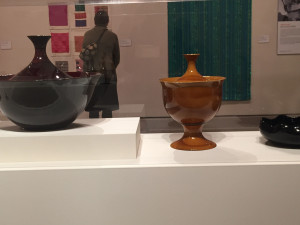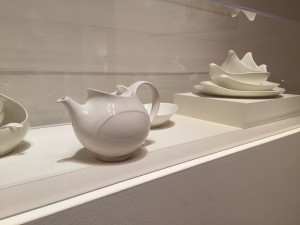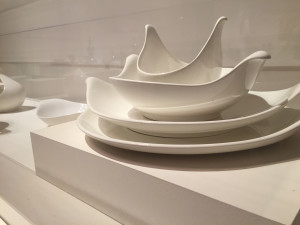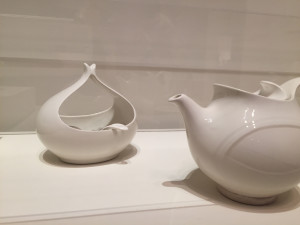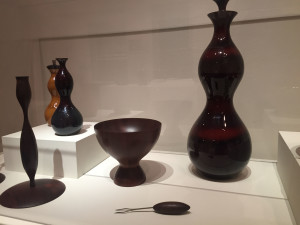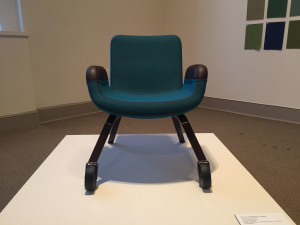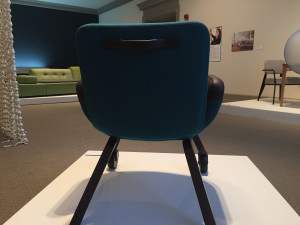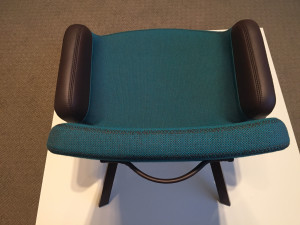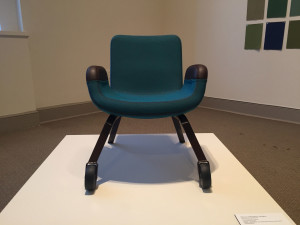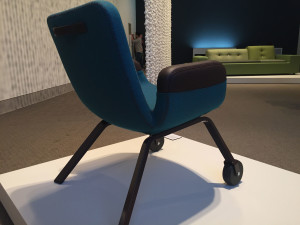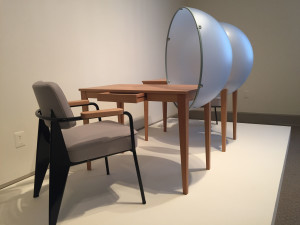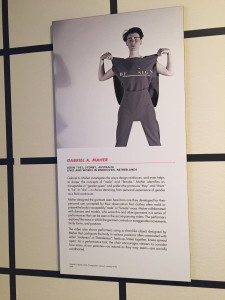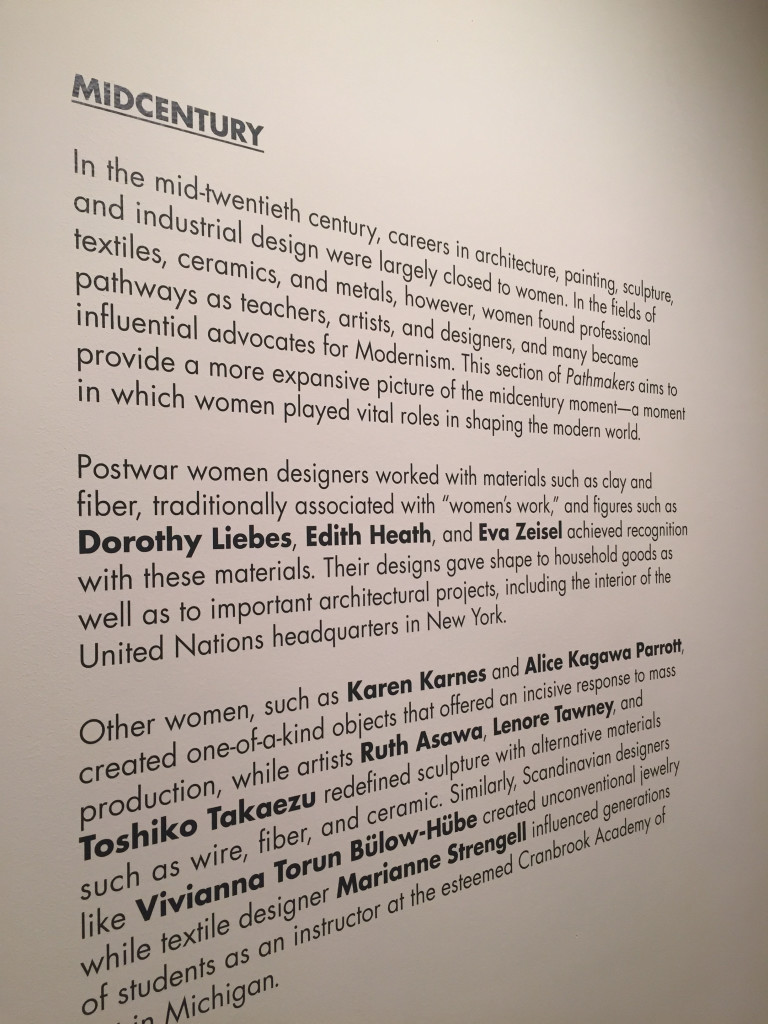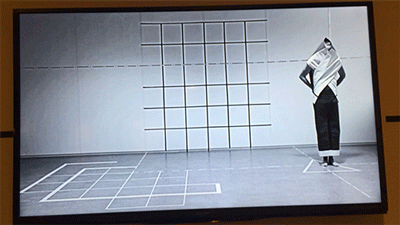
Mar
Pathmakers | Women Who Make Design
[responsivevoice_button voice=”UK English Female” buttontext=”Listen to Post”]
Pathmakers: Women in Art, Craft, and Design, Midcentury and Today was a five-month long museum exhibition at the National Museum of Women in the Arts (NMWA). Production & Design Assistant Allie Nambo and I had to go because we’re: A. women, B. in design, and, C. we work across the street from NMWA. Though the exhibition has ended, here are few highlights.
Eva Zeisel
I was first introduced to Eva Zeisel several years ago on a segment of CBS Sunday Morning. At that time, Eva was nearly 100 years old and still refining her signature swan-like ceramic housewares. One could simply be impressed that a woman that age was continuing to make such sharp, refined work. But that would be condescending. Instead, her work continues to pull focus. I had goosebumps when I finally saw her work in person. Zeisel’s fine-edged technique renders these pieces so delicate. Yet because her shapes are so modern, they look as though they could sit at anyone’s dinner table.
Video: A Playful Search for Beauty, CBS Sunday Morning segment on Eva Zeisel.
Hella Jongerious
I always told myself that if I went back to get my M.F.A., it would be in industrial design. These chairs, designed for the U.N. headquarters lounge by industrial designer Hella Jongerious, were a reminder of why that dream is still relevant. Usually I find the appeal of tweed in teal, ochre, or navy, and leather in chocolate brown in menswear or outerwear. To find that same color and texture combinations in a chair was remarkable. Like a comfortable suit or trenchcoat, it’s elegant and durable, yet invites ease. And like a rollaway suitcase, there’s a strap in the back, and wheels in the front. Reinforcing that design can serve ergonomics, utility, comfort, and visual appeal.
Gabriel A. Maher
The description reads:
Gabriel A Maher investigates the ways design reinforces, and even helps to shape, the concepts of “male” and “female.” Maher identifies as transgender or “gender queer” and prefers the pronouns “they” and “them” to “he” and “she” — a choice stemming from personal experience of gender as a fluid continuum.
Maher designed the garment seen here from one they developed for their personal use, prompted by their observation that clothes often mold or present the body in acceptably “male” or “female” ways. Maher collaborated with dancers and models, who wore this and other garments in a series of performances that can be seen in the accompanying video. The performers explored the ways in which the garment controls or exaggerates movements, body forms, and postures.
The video also shows performers using a chair-like object designed by Maher that configures the body in various positions often associated with either “maleness” or “femaleness”: heels up, knees together, knees spread apart. As a performance tool, the chair encourages viewers to consider how many of our postures — as natural as they may seem — are socially conditioned.
This artist was fascinating because she addresses the reality that the way we wear clothes is gendered. It even genders our body language.
Women in Professional Design, then and now
One of the more relevant parts of the exhibition wasn’t a work of art at all, but rather a wall installation explaining the history of women in the design profession. It states that while there were quite a few women in arts and crafts, many were encouraged to go into teaching. Whereas the industries of architecture and industrial design were relegated to men.
Continuing into the 21st century, more than 60% of AIGA’s members are women. Despite an increase of women in graphic design, I notice this same pattern of young women being expected to teach or take up traditional art. Rarely are we encouraged to go into advertising. And almost no one asks us if we’re interested in art direction or leadership positions. I asked Allie if she’s experienced this, and she felt very similarly. If she wants to study art, she’s encouraged to go into teaching, and it’s never assumed that she has web design, web development, or brand identity training. We’ve ended the last century, still talking to women as though nothing has changed.
STEM to STEAM: Where Students of Color Fit Into the New Acronym
It is rare that women designers are shown exclusively. I hope those who saw it came away with the knowledge that design is a work of art, bound by utility and human interaction. In the future, I hope there are more opportunities to explore the various ways women contribute to art, craft, and design in our world.



